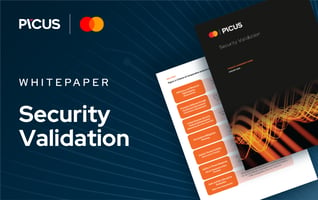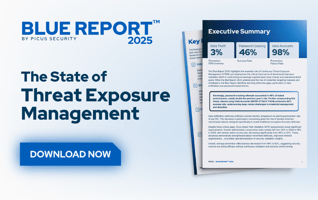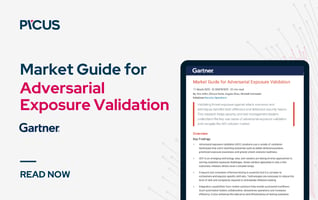
Featured
Ebook: Introduction to Exposure Validation

Reports
Double Your Threat Blocking in 90 Days

BAS
Building a Robust Defense-in-Depth Strategy with Breach and Attack Simulation (BAS)

BAS
Review the Vendors for Adversarial Exposure Validation (AEV) in 2025

BAS
10 Criteria for Choosing the Right BAS Tool for Your Organization in 2026

BAS
Mastercard–Picus Security Validation Report | Strengthen Cyber Resilience

Reports
The Blue Report 2025

BAS
The CISO's Guide for Security and Exposure Validation

Reports
Gartner Report: 2025 Gartner® Market Guide for Adversarial Exposure Validation